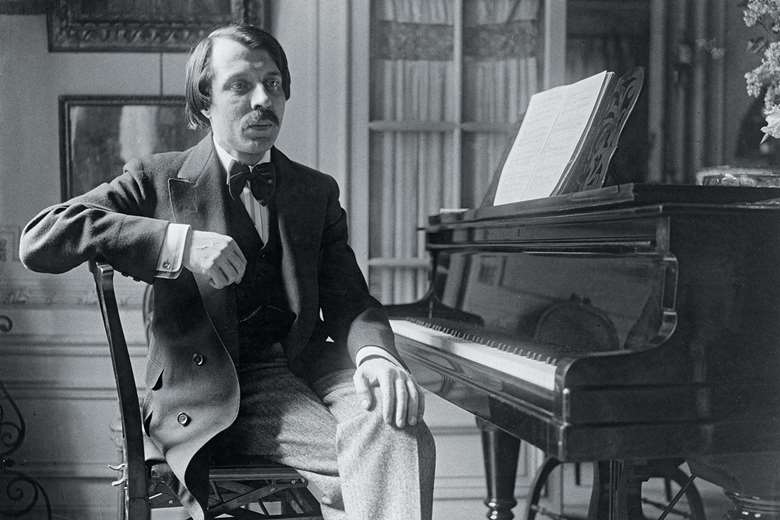Classics Reconsidered: Alfred Cortot’s 1933/34 recording of Chopin’s Preludes
Rob Cowan and Jeremy Nicholas
Friday, August 9, 2024
Rob Cowan and Jeremy Nicholas discuss Alfred Cortot’s 1933/34 recording of Chopin’s 24 Preludes, Op 28

Register now to continue reading
Thanks for exploring the Gramophone website. Sign up for a free account today to enjoy the following benefits:
- Free access to 3 subscriber-only articles per month
- Unlimited access to our news, podcasts and awards pages
- Free weekly email newsletter







